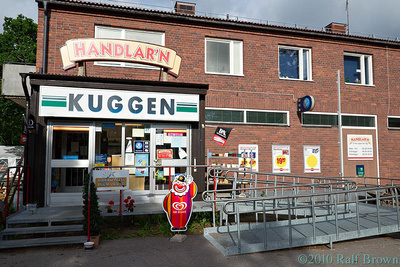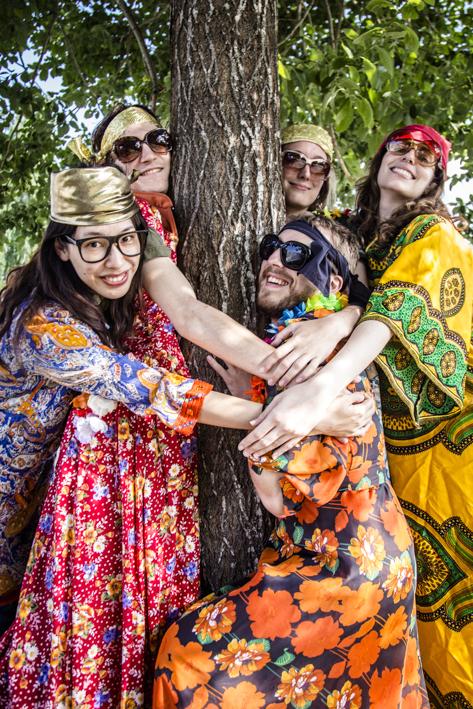This is the first in what will hopefully become a series of posts about safety at swing dance events for community organisers that will focus on various elements of safety, emergency planning and risk management (which are sort of my day job). In this first post I’m going to look at first aid – how it links in with broader safety concerns and occupational health and safety, and then talk about training and kits for your dance events.
Codes of Conduct: Who’s using them now?
TL;DR – Many events in North America, Australia, the UK and even Asia have Codes of Conduct. Those in continental Europe, however have very few.
Codes of Conduct: Who’s Using Them?
A redditor asked about anti-harassment codes of conduct, prompted by Lindy Focus putting up their policy. It reminded me of a recent post on dogpossum that touched on the subject. And it got me wondering – just how many swing dance events actually have codes of conduct that address things like discrimination and harassment? Let
A Lindy Hop Bibliography
[Updated for works published to June 2017] SwingNation featured a new thesis on the Savoy Ballroom on a recent show and it led me to wonder what other scholarly work on Lindy Hop is out there. So I went looking. It turns out that there’s a surprising amount of scholarship out there about or using
Classic Lindy Hop Music – The Hottest 100
User Shadowpoga on reddit asked about classic songs for DJing at a lindy hop dance. Whilst I gave my two cents in the comments, I didn’t actually post any song suggestions. That’s what this post is for. I went through my own collection and picked out the 100 best tracks from the 30s through to
How Many Lindy Hoppers are There
I’ve been wondering about this question for a while but with a little free time I finally got around to having a decent crack at working it out with some GIS and statistics.The short answer: by my estimation about 120,000. Read on for the longer answer. Where are people Lindy Hopping? This is actually a
The Twenty Most Watched Lindy Hop Videos
Next year will be the 10th anniversary of YouTube and lindy hop on the platform has certainly come a long way since this.* By my estimation lindy hop videos have been watched somewhere between 70 million and 200 million times on YouTube.** I thought I’d compile a list of the most watched swing dancing videos
Who’s on first? Performance order and judging bias in Lindy Hop contests
Making decisions is hard. Judging in contests is a hard form of decision making – there’s so much to consider. What’s worse is that your own brain will try and prevent you from making the best decision. For example every time someone has to decide on information being presented to them, the order of the
5 Ways to put the Äwesome in Your Herräng
So registrations are open and it’s crunch time (for HDC’s servers at least – depending on what you want to go there to do there’s still time to make a decision for yourself). In my last post I set out some of the reasons why you might want to reconsider going. I’m not going to
5 Reasons Why You Shouldn’t Go To Herräng
The opening of registrations for the Herräng Dance Camp are just around the corner. Many people are getting ready to sign-up for their summer and plenty more are wondering if for the first time: “Should I go to Herräng?” There’s plenty of articles on the internet telling you why you should go to Herräng (especially




